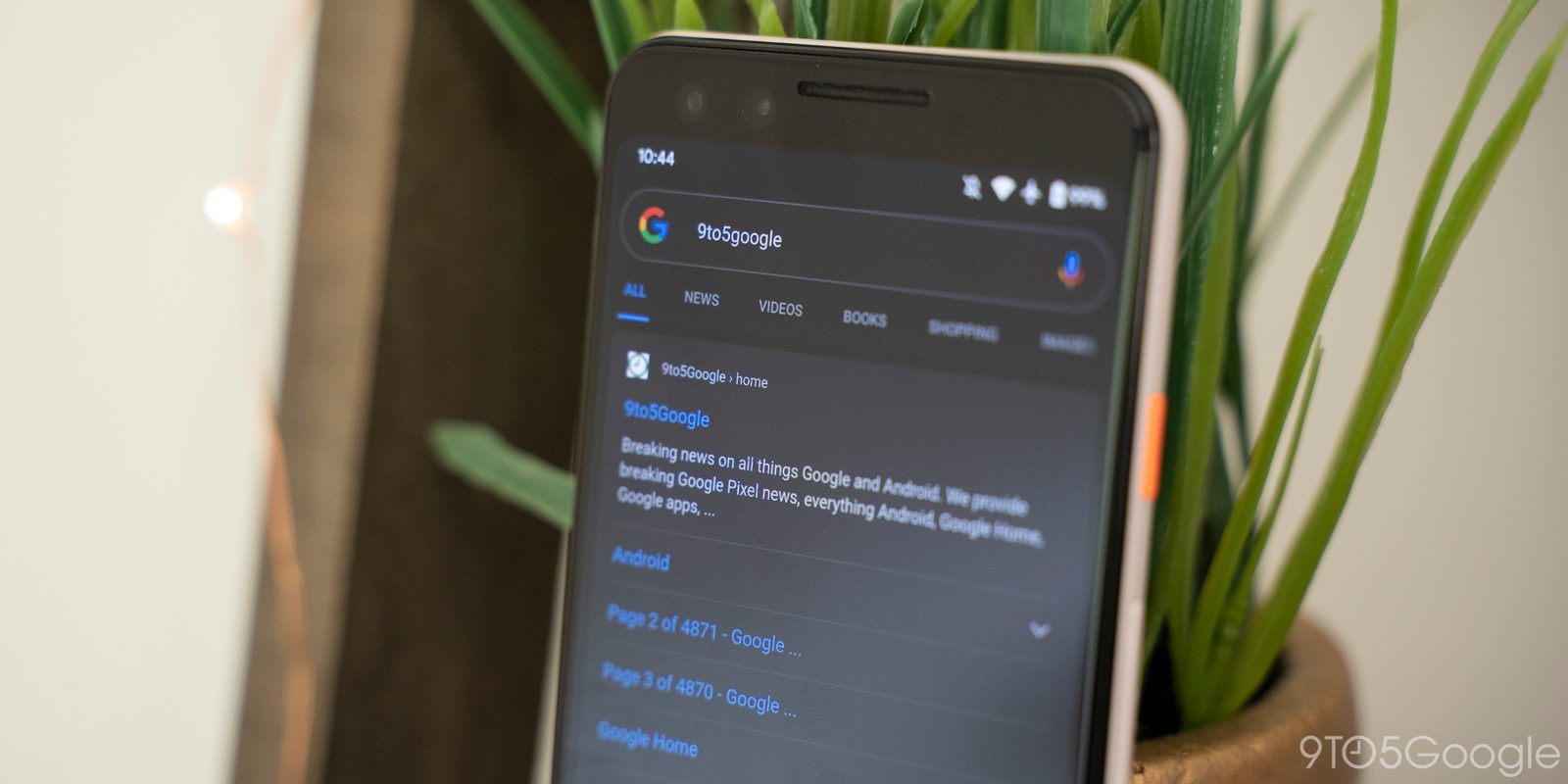
These days, most people just turn to Google Search for definitions and other word-related queries. Google is now adding an experimental pronunciation feature, while definitions and translations are gaining images when contextually relevant.
You can already play audio and hear words aloud when searching “how to pronounce [X].” Google Search’s new capability lets you practice the pronunciation with your phone’s microphone and receive feedback on “what, if anything, can be adjusted.”
The pronunciation card in Google Search features a new “Practice” button in the bottom-right corner. You’ll be prompted to “Speak now” and Google will return a “Sounds like you said” phonetic respelling. It will offer suggestions on what specific sounds you mispronounced, and “how to improve.” For example:
“Try to bring the back of your tongue to the roof of your mouth to block the air, then release it.”
Behind-the-scenes, Google generated individual soundbites from your sample and leveraged machine learning to “cross references your pronunciation with the pronunciation it expects.” Google Search pronunciation is available today on mobile in American English and is coming soon to Spanish.
For example, if you’re practicing how to say “asterisk,” the speech recognition technology analyzes how you said the word and then, it recognizes that the last soundbite was pronounced “rict” instead of “uhsk.” Based on this, you will receive feedback on how you can improve next time.

Meanwhile, Google is adding visuals to definitions and translations. This additional context is useful for words that have multiple meanings or are not common in all languages.
Since not all words are easily described with an image, we’re starting with nouns and plan to expand from there. Images in the dictionary features will be available in English today and across all language translations.
FTC: We use income earning auto affiliate links. More.




Comments